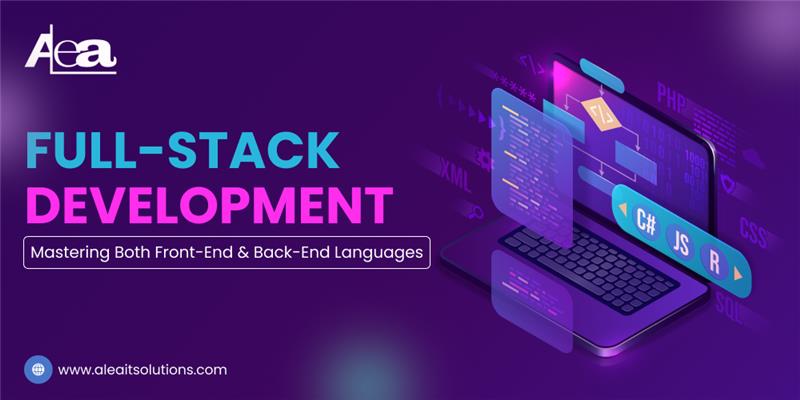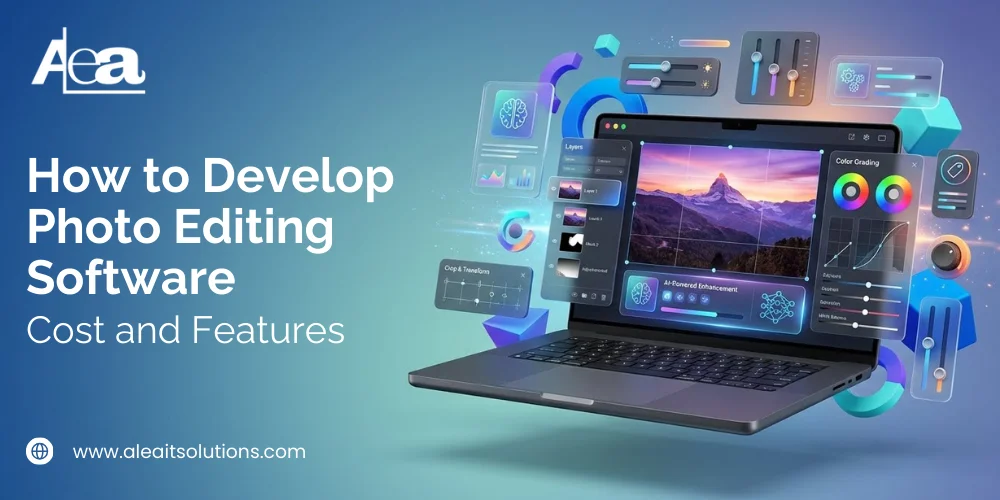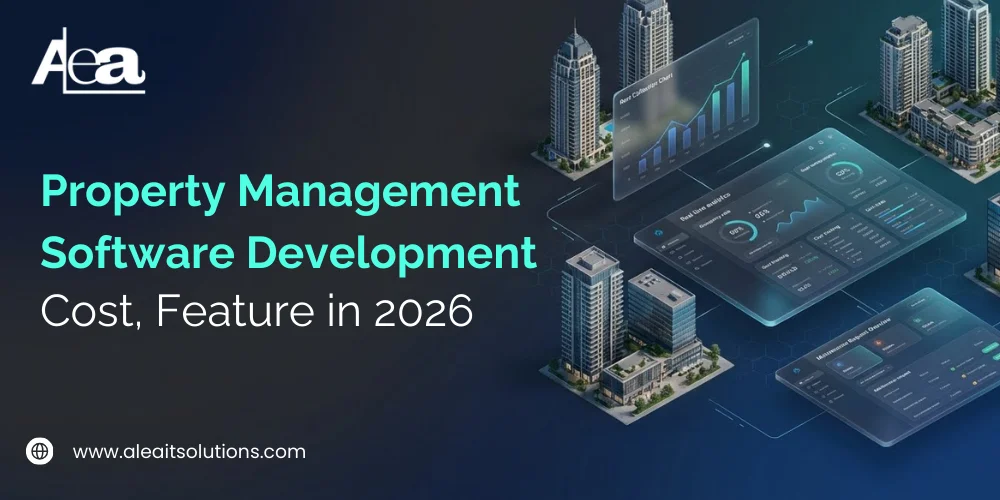In our fast-paced digital world, the role of a developer has changed dramatically. Those are the days when developers were pigeons in specific works on a project. Today, full-stack developers-ways that can original both front-end and back-end development-are in high demand. This blog will take you through the imperative of complete-stack development, the skills that you need to master, and how this unique mixture of expertise can increase your career.
What is Full-Stack Development?
At its core, full-stack development refers to the comprehensive approach to the creation of web applications. This involves working on both front-ends (interaction with part users) and back-ends (server-side procedures that handle data). Think of it like having a chef that can not only cook, but can also design the menu and manage the kitchen. Full-stack developers have a versatile skill set that allows them to oversee a project from installation.
Why is Full-Stack Development Important?
The importance of complete-stack development cannot be eliminated. Businesses today look for professionals who can bridge the gap between front-end and back-end techniques, enabling smooth communication and cooperation. Being a developer who understands the entire stack, companies can streamline their workflows, reduce misunderstandings, and eventually save time and resources. Additionally, full-deforest developers often bring a holistic perspective to projects, increasing problems and creativity.
Mastering Front-End Development
The Essentials of Front-End Development
The front-end development is about creating scenes and interactive elements of a website. This is what users see and join together, which is important for user experience. As a front-end developer, you will be responsible for everything from layout to responsible design.
Key Front-End Technologies
HTML (Hypertext Markup Language): HTML is the foundation of all web pages. It structures the material and defines elements such as titles, paragraphs, links and images.
CSS (Cascading Style Sheet): CSS is one that makes your website visually attractive. It controls colors, fonts, layouts, and ensures that your site looks great on all devices.
JavaScript: This dynamic programming language adds interaction to your web pages. Whether it is updating the material without refreshing the page or validing the form, JavaScript is necessary to attach the user experiences.
Framework and Library: Reacts, Angular, and tools such as vue.JS streamlines the development process. They provide pre-made components and structures that make complex users easier to create interfaces.
Best Practices for Front-End Development
Responsible Design: Today’s users reach websites from various devices. Your design must be responsible, ensuring a spontaneous experience on smartphones, tablets and desktops.
Performance Adaptation: A fast website is important. Customize images, reduce http requests, and use cashing techniques to improve the load time, increase the user’s satisfaction and promote the SEO of your site.
Exhibition: Your website is necessary for everyone, including disabled users, accessible to your website. Use the cementic HTML, provide ALT text for images, and make sure that your site is negative with a keyboard.
Mastering Back-End Development
What is Back-End Development?
Back-end development is the backbone of any web application. This includes the management of server, database and application logic. Back-end developers ensure that the data flows originally between the front-end and the server, the user handles the requests and provides the necessary information.
Key Back-End Technologies
Programming Languages: Popular back-end languages include Python, Java, Ruby and PHP. Each has its own strength, so choose one that align with your project goals.
Framework: Django (for Python), Spring (for Java), and ruby on rail (for ruby) simplify the development process. They come with the underlying functionalities that speed up application development.
Database: It is important to understand how to work with a database. SQL (structured query language) is essential for a relationship database, while NOSQL databases such as MongodB are gaining popularity to handle large versions of unarmed data.
API (Application Programming Interface): APIs facilitate communication between various software applications. Messing in restful API or graphclosing can greatly increase your ability to connect the front-end and back-end system.
Best Practices for Back-End Development
Security: Security should always be a priority. Apply measures such as data encryption, safe authentication and regular security audit to protect user information.
Scalability: Design your application to grow. Consider cloud services, microsarvis architecture and load ballrenchor to ensure that your applications can handle growing traffic.
Documentation: Good documentation is your best friend. Maintain clear records of your code, API and system to ensure smooth cooperation with other developers.
Bridging the Gap: Becoming a Full-Stack Developer
The Benefits of Being a Full-Stack Developer
Mastery in both front-end and back-end development allows you to take projects from beginning to end. You become a-stop shop for web development, capable of designing user interfaces, managing databases and writing server-side logic. This versatility not only enhances your employment, but also gives you the right to approach the projects as a overall.
Tools and Resources for Full-Stack Development
Version Control: familiarize yourself with GIT. This is necessary to manage code change and collaborate with other developers.
Development Environment: Tools such as visual studio code or intelligent idea can streamline your coding experience with the underlying features that increase productivity.
Online Learning Platform: Websites like Cinera, Udmi, and Frequodcamp provide a treasure of courses on full-stack development, making it easier to learn from your speed.
Career Opportunities for Full-Stack Developers
The job market is booming for full-stack developers. Companies in various industries are eager to hire people from startups to large corporations who can manage both front-end and back-end development. Full-stack developers often enjoy competitive salary and have a treasure of opportunities at their fingers.
Freelancing vs. Full-Time Employment
While many complete-stack developers enjoy the flexibility of freelancing, full-time position provides stability and profit. Consider your personal and business goals when deciding which path to pursue. Both options come with their unique advantages and challenges.
Conclusion
In a world where technology ever develops, complete-stack development stands out as a dynamic and rewarded career option. By mastering both front-end and back-end languages, you keep yourself in a versatile and valuable property in the technical industry. The skills you get not only increase your employment, but are also equipped to deal with complex challenges and make meaningful contribution to projects. As you begin your journey towards becoming a full-track developer, embrace the learning state, be curious, and remember: the possibilities are endless.




